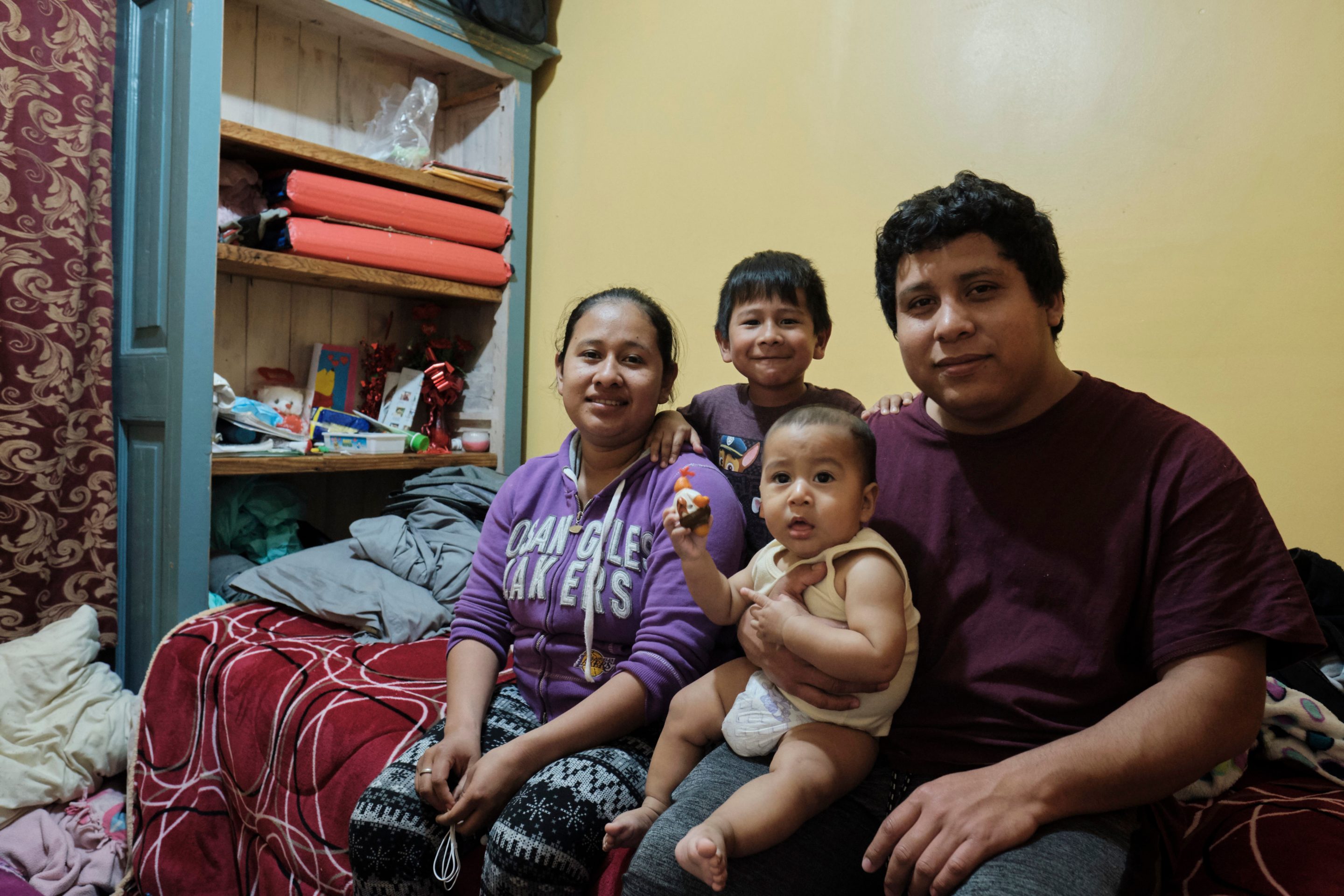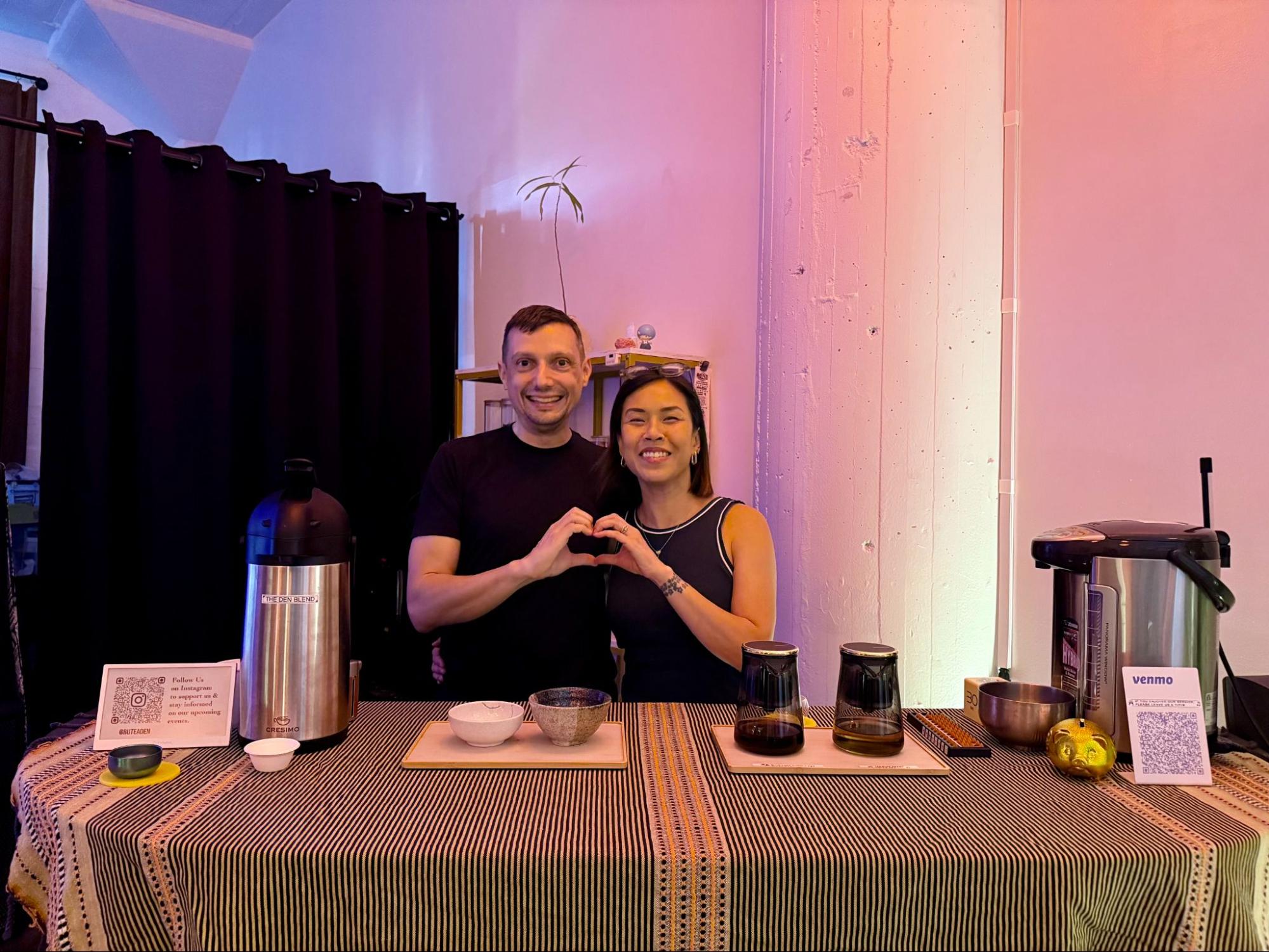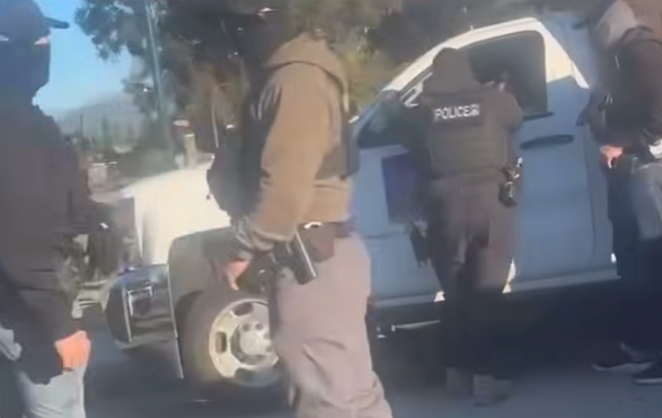This week the Secretary of Homeland Security and the woman responsible for caging children and separating families by the thousands got axed from her job, leaving the president an opening to get someone “tougher” on immigration.
Yet even as the administration has sought to clamp down on migrants attempting to cross instead of welcoming them as asylum seekers, many families have gotten through. They immediately join a backlog of cases that must go before an immigration judge, a process that often takes years to slog through.
Inside a small back-house in South Central, one family of five from Guatemala lives and waits, after surviving the dangerous journey through Mexico to seek asylum in the United States.
The small room is filled with toy cars, paperwork, and the sounds of a six-month-old baby named Froylan. Two twin beds placed along two of the four yellow painted walls is where this family has called home for the past four months while waiting to fight their asylum case.
On top of the purple blanket, spread across one of the beds, sits 20-year-old mother Charol Ramos as she cradles baby Froylan. His father, José Luis, sits next to his spouse as he watches their other son, Dilan, play with his toys. The four-year-old digs through his box of toy cars to find his miniature red fire truck. Three feet away, on the other bed, sits 17-year-old Icis – Charol's sister – as she grabs a small bottle of black nail polish.
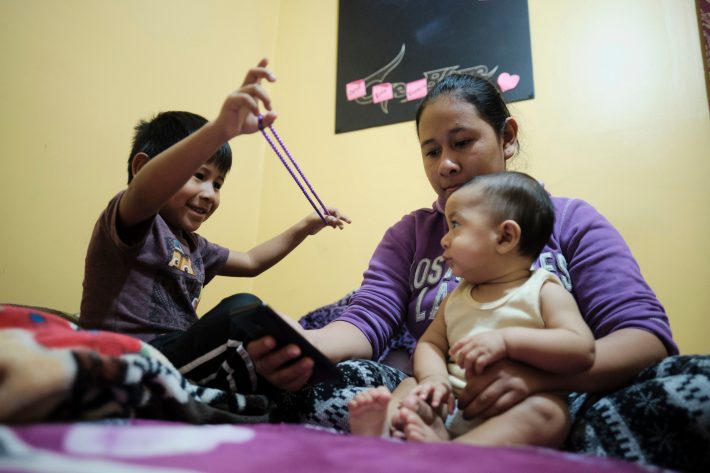
Like thousands of other would-be asylum seekers, the Ramos family fled their home in Zacapa, Guatemala with the other family members in July 2018 to begin their travel up north in hopes of building a new life in the United States.
RELATED: Hope for Migrants Hinges on a Waiting List at Tijuana's Gateway
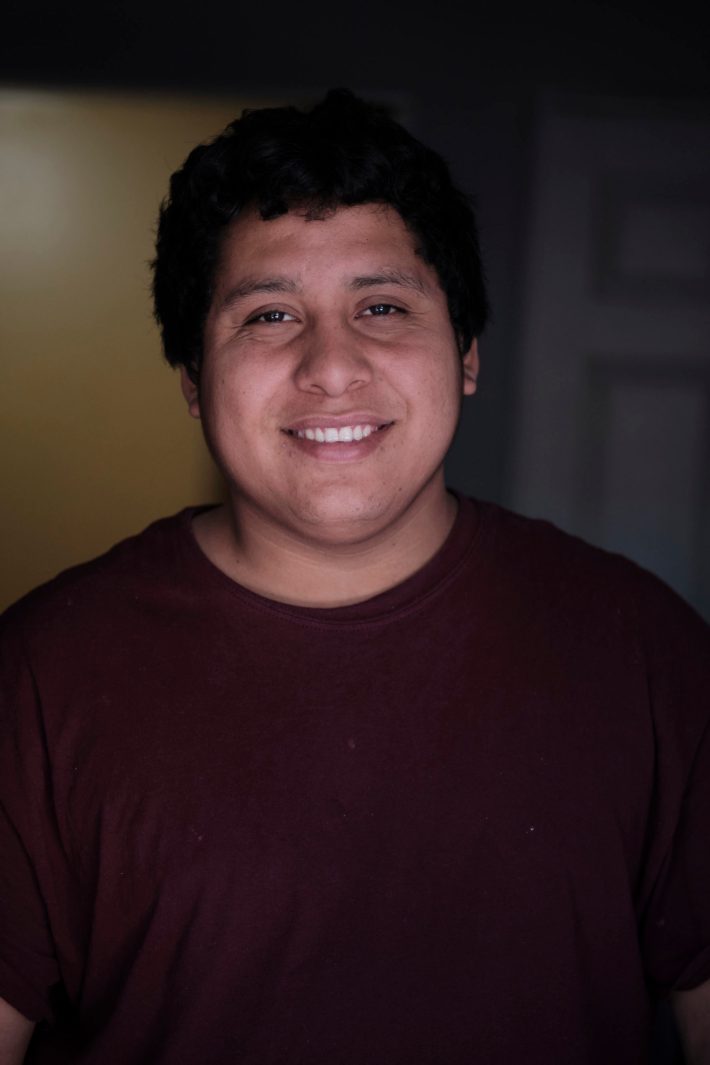
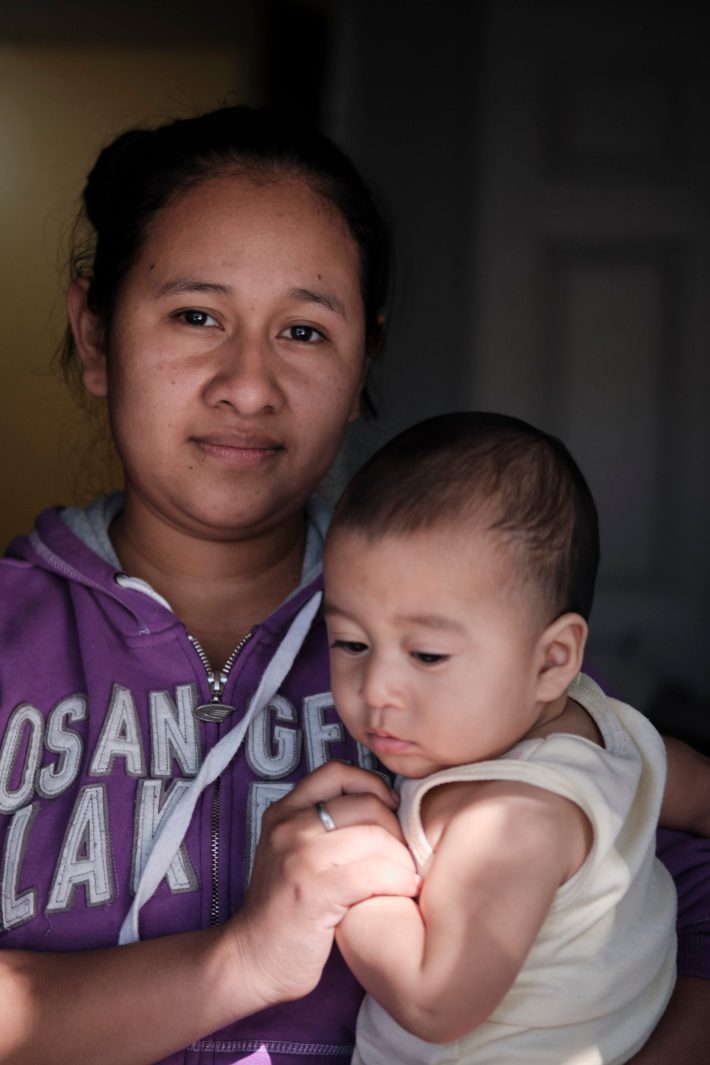
Ramos and her family left Guatemala at the beginning of July 2018 and arrived in Mexico three days later. On July 19, 2018, Ramos gave birth to her baby boy named Froylan in Mexico’s southern city of Villahermosa. Eight days later, the family was back on the road.
The family spent two months in Chiapas trying to find work before continuing their journey north. In the beginning of October 2018, their journey continued when they met with a caravan of thousands of people in Tapachula, a Mexican city bordering Guatemala.
Ramos explained that although the days of continuous walking had been very difficult and tiring, her son Dilan managed to entertain himself throughout the journey by playing and jumping around while on the road. The same was not found to be true for other children in the caravan Dilan saw. The four-year-old said the other kids were sad “because they were thirsty.”
RELATED: A Harrowing Look Inside the Migrant Refugee Camp on the Border in Tijuana
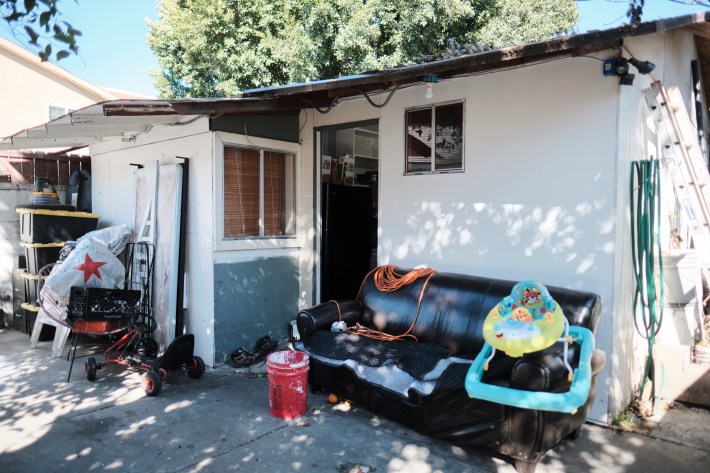
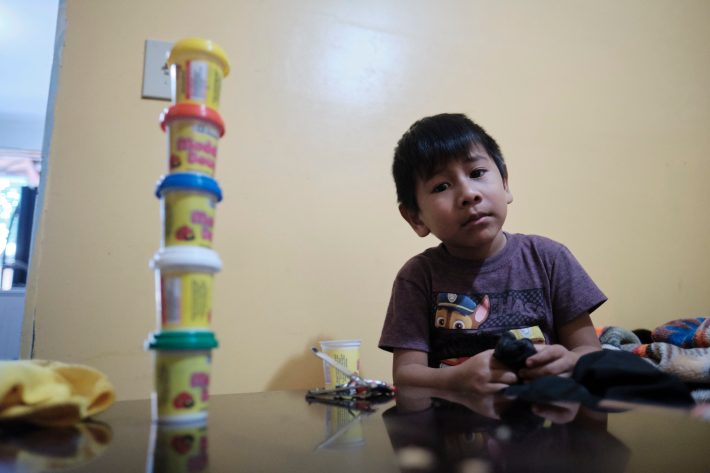
After a month of traveling with a caravan, the family arrived in the border city of Tijuana. Two weeks passed before Ramos planned to cross over into the U.S., weeks before her mother and three brothers had.
Ramos, Luis, their two children, and Icis walked onto U.S. soil in an area that did not have a physical border wall.
“We were walking for like an hour and then immigration came… We arrived to [a] detention [center]… they took our photos, we explained our asylum case,” said Ramos. That’s when Icis was separated from the family.
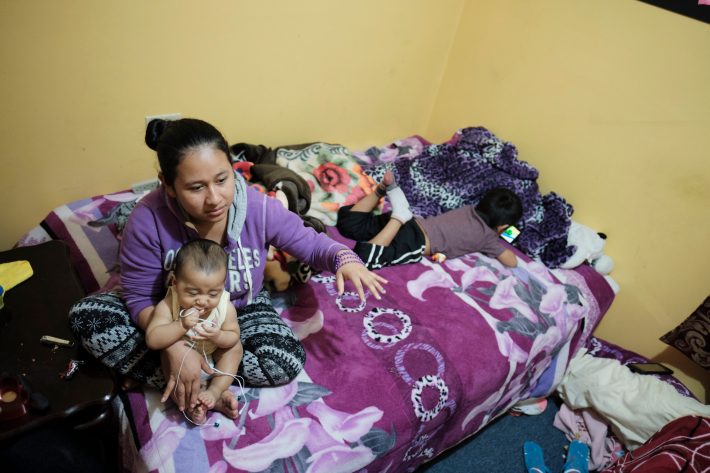
Since Icis is the sister and not daughter of Ramos, she was still under the legal custody of their mother who was still in Mexico.
“We didn’t have any information on her… I didn’t know what to do,” Ramos said. Her sister had been sent to a shelter for unaccompanied minors in Texas.
Ramos spent two days in “la hielera” with her two children, while her spouse was in a different cell for adult males. She used the term, Spanish for “the ice box”, due to the freezing temperatures she and her two kids endured while in an Immigration and Customs Enforcement (ICE) detention center in San Diego.

After four of the five family members were released from ICE custody in late November of 2018, they headed toward Ramos's and Icis’s father, in Los Angeles. There he helped them find a temporary place to live while fighting their asylum case, the same place they currently reside in.
Three months later, Icis was able to return to her family when she was released from the Texas shelter and into Ramos’s custody.
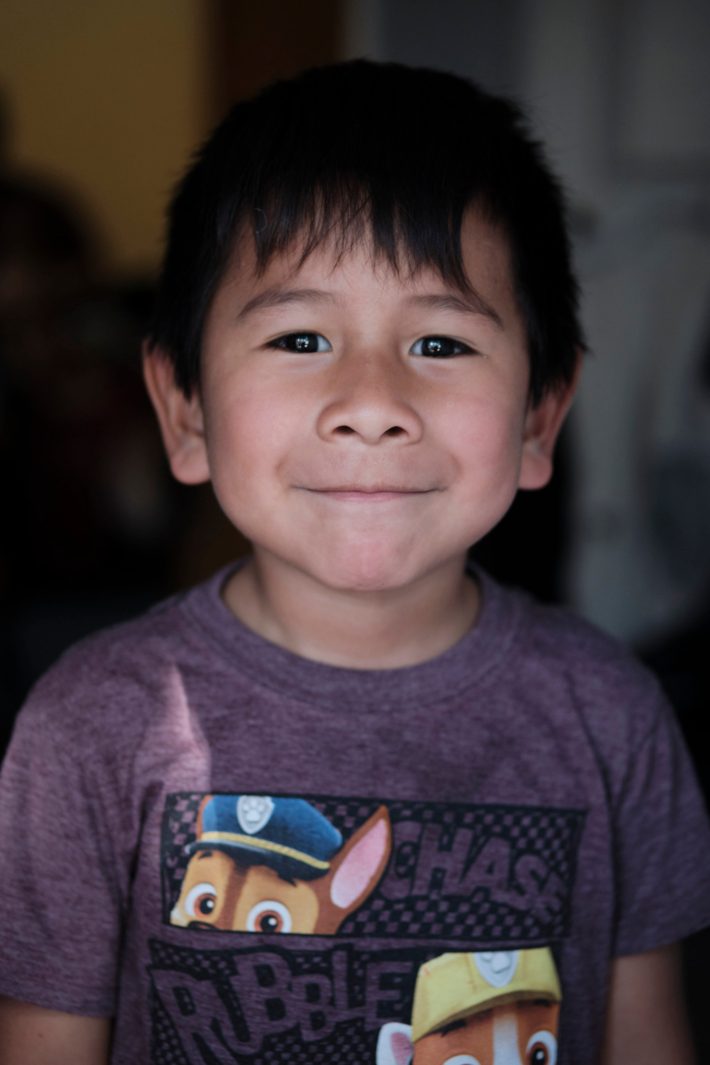
The family’s life in Guatemala had been filled with danger. Ramos and Icis’s mother, Sara, faced continuous abuse from her then spouse who had also beaten one of her three sons. “He had hit her and one of my brothers,” said Ramos. “The police over there didn’t help much.”
Luis also faced a deadly reality in Guatemala when gang members forced him into drug dealing. “[The gangs] would kill the competition… when I was working, they killed two men,” José said. Realizing his possible fate, he knew he had to get him and his family out of the country, especially since Charol Ramos was pregnant with their other son at the time.
Despite the family’s treacherous journey being in their past, memories of what they experienced in Guatemala linger.
“What happened to us in Guatemala is something that I will never forget,” Ramos said before she and her family headed to immigration court for their credible fear interview—a crucial part of the asylum process where asylum seekers tell an asylum officer why living in their country of origin places their lives in danger.
The family does feel safer being in Los Angeles and hopes to build a new life in the U.S. “One where [my children] can study and can get good jobs so that we can relax one day,” Ramos said through a chuckle. “And to leave our problems in the past,” Luis said.
RELATED: Understanding Today's Los Angeles: A Story of Three Immigrants by Sam Quinones
